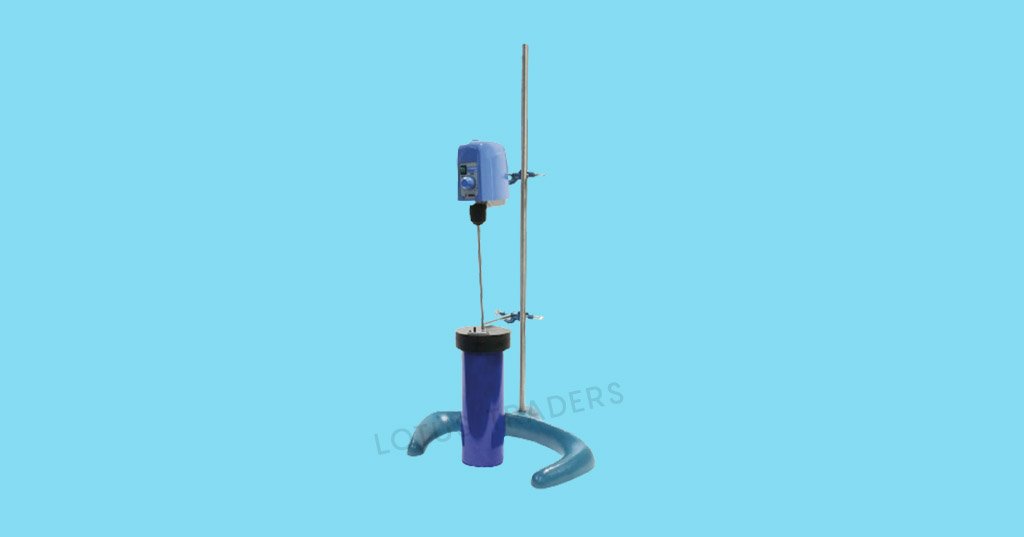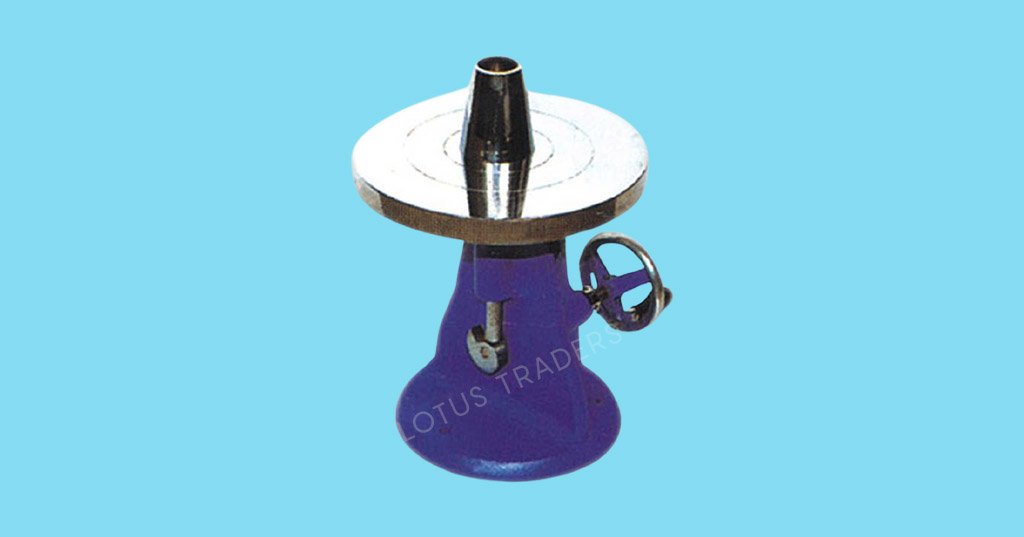Vicat needle apparatus specification and Features
Features |
Specifications |
|---|---|
|
Size of Mild steel base plate
|
5 inches x 5 inches
|
|
Material for Construction
|
Stainless steel, Mild Steel
|
|
Design type
|
Standard
|
|
Accuracy
|
+/- 1%
|
|
Height
|
40 mm
|
|
Fulcrum mould
|
Brass, 80 mm i.d. Base dia x 70 mm i.d. top dia, height 40mm.
|
|
Minimum Order Quantity
|
01 Set
|
Product Description - Vicat needle apparatus with dashpot
What is Vicat Apparatus?
The Vicat Needle Apparatus with Dashpot is a device for determining the normal consistency and setting time of cements, which has a needle at each end and is used in a frame with a graduated scale to measure the distance between the needle and the cement.
The Vicat Needle Apparatus with Dashpot consists of a metal frame, with a free-moving cap and top cap, a Vicat mold and a glass base plate and a set of needles, each with a starter needle, a needle and a ring consistency. . It comes with a damper that allows a smooth descent of the needles.
Note for Vicat needle Apparatus with dashpot:
- Typically, the needle assembly and shape meet the requirements of the I.S. 5513 delivered.
- When ordering, indicate the specification code of the desired instrument
- Vicat needle apparatus with dashpot to determine the consistency of hydraulic cement.
- Plaster, lime, etc. According to ASTM C 187-58 C 472-62 C 110-58, IS 2542 (Part-1) can also be supplied
Standards: IS 4031, 2645, 2542 ( PART-1), 1727, 5513 & 712. BS 12, 146, 915, 1370, 4027, 4246, 4248, AASHTO T 129, E 131
Vicat needle apparatus uses:
Vicat Apparatus is Used For:
A Vicat Needle Apparatus is typically used to determine the amount of water needed to make regular or standard consistency cement paste. It is also used in tests of initial setting time of cement or concrete and final setting time of cement or concrete. This device can be modified to test for inadequate setting of cement paste or mortar.
Use of Vicat Apparatus :
It is a penetration device used in testing of hydraulic cements and similar materials to determine their normal or standard consistency. It is also used to determine the initial setting time and final setting time of hydraulic cements and similar materials.
How to use Vicat needle apparatus:
The Vicat Needle Apparatus with dashpot for testing the consistency of cement paste consists of a frame that has a movable rod with a cap at one end and one of the following interchangeable accessories at the other:
Needle to determine initial setting time
Needle to determine final setting time
Plunger to determine standard consistency
The other two pins are released freely into a Vicat mold filled with cement paste and the degree of penetration of the 10 mm diameter piston pins can be observed using the vertical graduations from 0 mm to 50 mm.
Vicat Needle Apparatus Diagram

Parts of Vicat Apparatus with Explanation:
Needles
Adjustment time needle: The needle has a cross section of 1 mm². The needle end is flat.
Final adjustment needle: The needle is round and has a cross section of 1 mm². The needle has a metal tip. The end of the needle extends beyond the cutting edge of the hollow metal fitting.
Standard consistency plunger
The plunger is made of polished brass with a ridge on top to insert it into the movable rod. The bottom end is flat.
Movable rod
The moving bar carries an indicator that moves on a scale attached to the frame (some models have an additional potentiometer accessory that facilitates the slow descent of the moving bar).
Graduated scale
The scale is 40 mm long and the shortest division on the scale is 1 mm.
Vicar Mould
Individual mould: The Vicat mold is made of frustoconical foam with an inner diameter of 60 ± 0.5 mm at the top, 70 ± 0.5 mm at the bottom and a height of 40 ± 0.5 mm.
Vicat split mould: The Vicat split mould is used as an alternative to the single mould. This mold consists of a split ring with an internal diameter of 80 ± 0.1 mm and a height of 40 ± 0.5 mm. A non-porous base plate is provided. The split form is supplied with a matching clamping ring.






